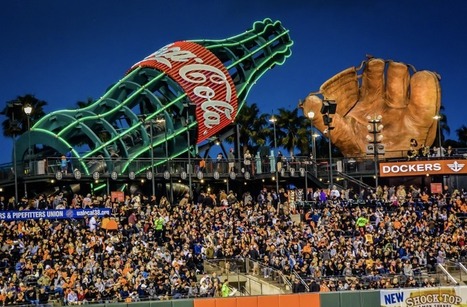About a week ago, the Times of London published an investigation revealing ads sponsored by the British government and several private sector companies had appeared ahead of YouTube videos supporting terrorist groups. In response, advertisers started pulling their spending from YouTube and the wider Google ad network. The boycott has grown as more problems have emerged. PepsiCo and Wal-Mart have now joined the ranks of advertisers pulling dollars from Google.
Google for its part has said it is examining its policies and renewing its commitment to better police content. It will accelerate reviews of potentially objectionable videos and filter more ads while giving advertisers more control over where their ads appear.
“While we recognize that no system will be 100 percent perfect, we believe these major steps will further safeguard our advertisers’ brands,” Philipp Schindler, Google’s chief business officer, said in a statement....



 Your new post is loading...
Your new post is loading...









Brands boycotted Google this past week when they learned their ads were appearing on hateful videos. The pressure could finally force the company to change. And that will make the world, and the advertising world, a better place.